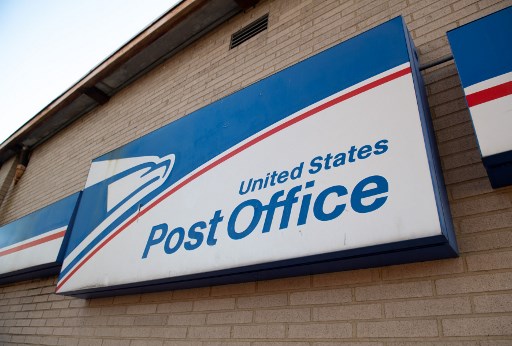
But as with many ordinary things as the coronavirus crisis unfolds, the US Postal Service — already compromised by a mountain of debt — has a most uncertain future. (Photo by SAUL LOEB / AFP)
by Susan STUMME
Agence France-Presse
WASHINGTON DC, United States (AFP) — For many Americans, checking the mailbox is a daily ritual, a constant in a quickly changing world that can yield anything from wedding invitations to tax audits to new clothes.
But as with many ordinary things as the coronavirus crisis unfolds, the US Postal Service — already compromised by a mountain of debt — has a most uncertain future.
“The Postal Service is holding on for dear life,” congresswoman Carolyn Maloney, a New York Democrat who chairs the House Oversight Committee, said last week.
“Unless Congress and the White House provide meaningful relief in the next stimulus bill, the Postal Service could cease to exist.”
So how did an agency that traces its origins back to the Continental Congress in 1775, and counts Benjamin Franklin as the first postmaster general, find itself being derided by President Donald Trump as a “delivery boy” for Amazon?
The answer is cloaked in a swirl of past budget decisions, consumer shifts toward a digital world, a crisis-induced drop in volume and good old-fashioned political infighting.
Piles of debt
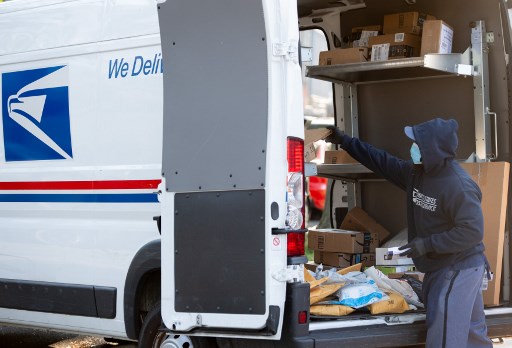
From its beginnings in Philadelphia, through the 19th century Pony Express era, to its modern iconic white vans and blue uniforms, the postal service has been an American mainstay.
Among its famous alumni are aviator Charles Lindbergh, actor Rock Hudson, novelist William Faulkner and hotel magnate Conrad Hilton.
Zip codes for each city, town and village were only introduced in the 1960s, but some have become pop culture touchstones — most people know that Beverly Hills, California is 90210.
Before the pandemic sent volume tumbling, more than 180 million pieces of first-class mail were processed and delivered each day on average, according to USPS data.
“The mail is so important to American families,” says Democratic House Speaker Nancy Pelosi.
So what happened?
Over the years, the service accumulated a veritable mountain of debt — $160.9 billion, as of the end of 2019.
That is primarily due to a legally mandated need to pre-pay retirement benefits for its more than 600,000 workers, but other factors are in play.
The advent of the digital age has blunted the USPS’s mission — why send a thank you note when an e-card or text message will do?
For younger generations, buying stamps is as foreign as using a telephone to actually talk to someone.
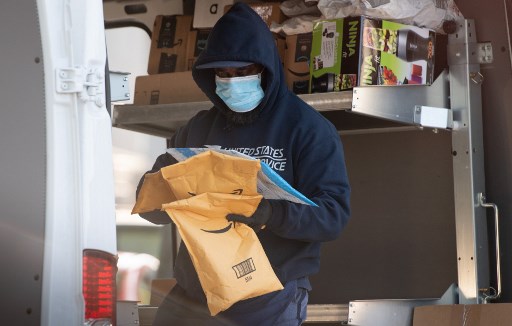
So in recent years, it boosted its package deliveries, taking on mega-clients such as Amazon. But it kept bleeding money.
And then, the coronavirus crisis brought mass mailings — catalogs, coupons and the like — to a grinding halt. Sales of postal products and services plummeted.
Postmaster General Megan Brennan told lawmakers last week that the USPS expects to lose $13 billion in revenue this fiscal year alone as a direct result of the COVID-19 crisis.
“The sudden drop in mail volumes, our most profitable revenue stream, is steep and may never fully recover,” she said in a video briefing.
Political football
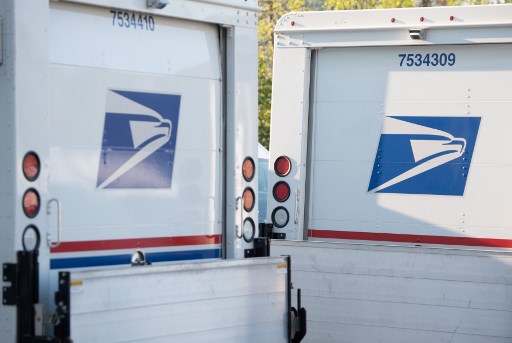
However, as the US government unveils massive stimulus packages to help a host of industries, the postal service is not exactly on Trump’s A-list.
Trump has repeatedly said the cost of shoring up the agency should fall to its deep-pocketed clients such as Amazon, not the government.
Under aid packages passed by Congress so far, the postal service has been given a $10 billion loan, pending Treasury approval.
But officials and many Democrats say it’s not nearly enough.
Brennan asked lawmakers for up to $89 billion to weather the storm.
Lawmakers cite the service’s delivery of medications to rural areas — and its possible key role in November’s presidential election thanks to mail-in ballots — as reason enough to help.
“USPS workers have risked their own health to ensure America keeps running” during the crisis, Senator Elizabeth Warren tweeted, using the #SaveThePostOffice hashtag.
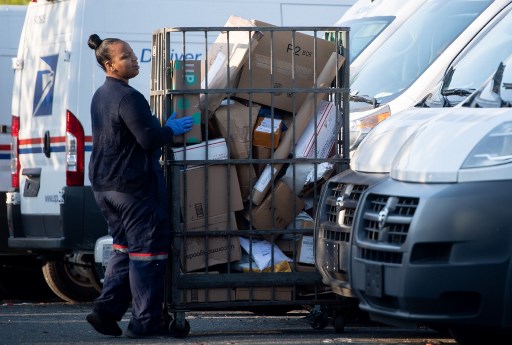
New Jersey lawmaker Bill Pascrell chimed in, calling the USPS an “engine for our elections” and the need to save it “nonnegotiable.”
But Trump and many Republicans want to see the USPS privatized to a large extent — and are not keen to offer a more costly lifeline.
“They lose money every time they deliver a package for Amazon or these other internet companies,” Trump told reporters this month.
“And if they’d raise the prices by actually a lot, then you’d find out that the post office could make money or break even. But they don’t do that. And I’m trying to figure out why.”
For Mark Dimondstein, the head of the American Postal Workers Union, which represents some 200,000 members, the government needs to do more.
“We do our job. Congress and the administration need to do theirs,” Dimondstein said.
© Agence France-Presse







